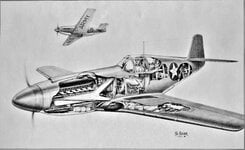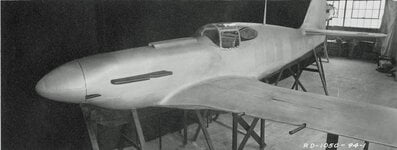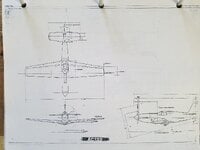GrauGeist
Generalfeldmarschall zur Luftschiff Abteilung
You are correct.There was never (at least known) a Mustang with a chin radiator.
From the P-509 onward, the Mustang never had a radiator mounted in the cowl area.
For those who wish (or need, aparently) to learn more:
P-509
I’m following the thread asking if the P-51was the best WW2 escort. There’s a few mentions of the P-509. I’m not familiar with it and I can’t find it online. Could someone kindly post some information about it?



